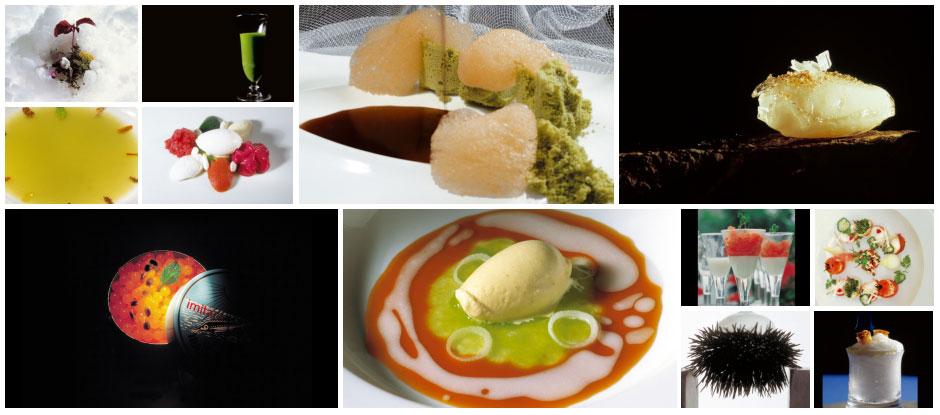All images: El Bulli
The curtains have just been drawn on the 15th Anniversary party for The World’s 50 Best Restaurants in Barcelona, presented by Miele – and what a celebration. After a special #50BestTalks event to discuss the future of gastronomy with five chef-owners of the list’s past and present No.1 restaurants, a celebratory lunch was hosted by legendary chef Ferran Adrià.
Together with a host of fellow Barcelona-based cooks, Adrià curated a special gastronomic experience on the terrace of the Bravo24 restaurant at the W Barcelona, with the likes of Massimo Bottura, Gastón Acurio, Will Guidara, Tetsuya Wakuda, Richard Ekkebus and Andoni Luis Aduriz among the esteemed guests.
As creator of El Bulli, the only restaurant ever to be awarded the title of The World’s Best Restaurant five times, Adrià has influenced a generation of cooks, including many of the superchefs present at the party. Although in 2011 El Bulli closed its doors, Adrià then created the El Bulli Foundation, which continues to teach the gastronomic world about the legacy and learnings of Adrià and his team.
To celebrate El Bulli’s success, we look back at the 12 iconic dishes that helped define one of the greatest restaurants of all time.
Gazpacho de bogavante (1989) – Lobster gazpacho
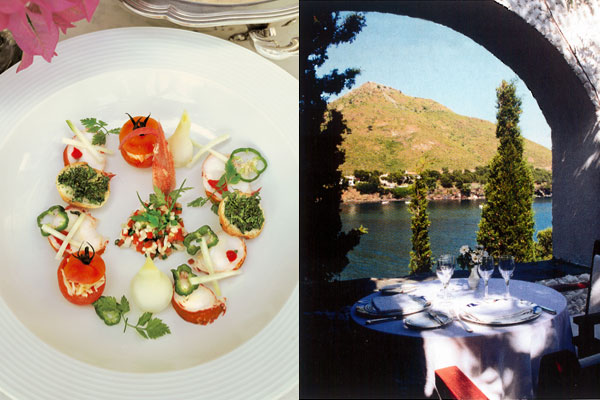
One of the first methods that marked El Bulli’s style was the adaptation of dishes from traditional cuisine to avant garde. The gazpacho de bogavante is an innovative version of a traditional dish served in a revolutionary way, called sopa emplatada. A salad garnish is prepared in the kitchen and presented at the table, and the waiter later serves the gazpacho over the garnish.
Granizado salado de tomate con orégano fresco y manjar blanco (1992) – Savoury tomato water ice with fresh oregano and almond milk pudding
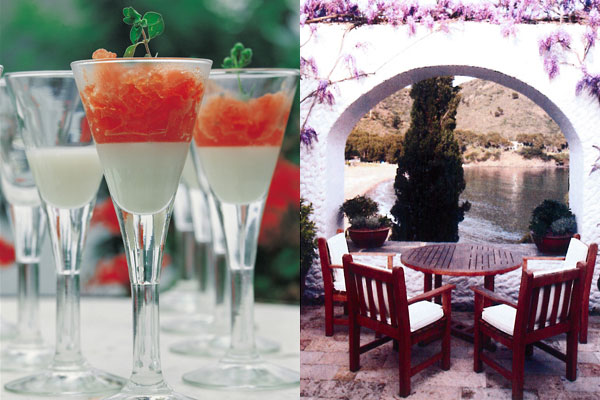
This plate combines a number of features of El Bulli’s style in the Nineties. The tomato water ice is the first example of frozen savoury cuisine and there is a new symbiosis between sweet and savoury, overcoming the boundaries previously found between mains and puddings. It is also an example of cocina enmoldada: the preparation is served in a container similar to a champagne glass, which supports its light texture.
Espuma de judías blancas con erizos: la primera espuma (1994) - White bean espuma with sea urchins: the first foam
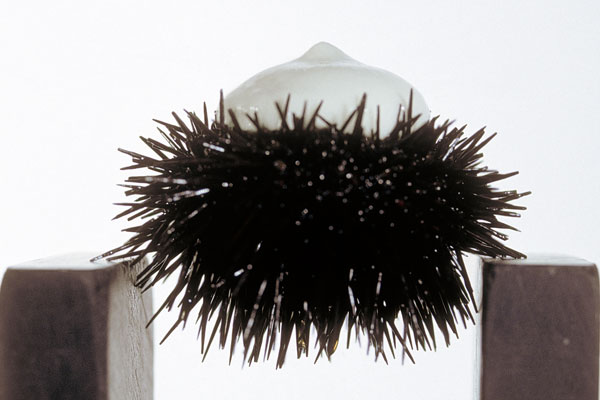
It was the search for a texture lighter than mousse, which could also carry stronger flavours, that led to the creation of foams – the key piece of the puzzle being the discovery that they could be prepared using a cream whipper. White bean foam was the first ever served at El Bulli. It is the result of a technical-conceptual investigation in gastronomy that later led to such inventions as warm gelatine, frozen powder, air and spherification, which defined El Bulli’s cuisine in the years to come.
La menestra de verduras en texturas (1994) - Textured vegetable panache
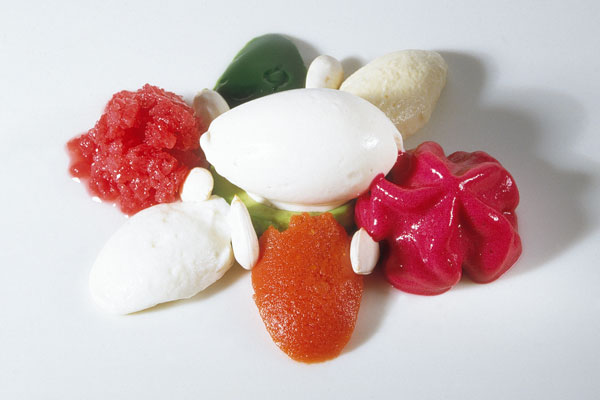
This was a landmark dish in El Bulli’s cuisine as it set a new path for the development of the restaurant’s cuisine from 1994 onwards. In this panache, the vegetables are presented in different textures, in a definitive cut-off from the previous style, El sabor del Mediterráneo (the taste of the Mediterranean).
Dos formas de presentar el pollo al curry (1995) – Two ways of presenting chicken curry
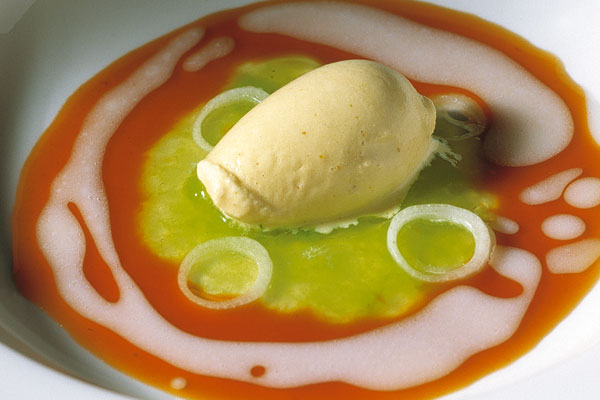
In 1995, a number of traditional recipes made their debut on El Bulli’s menu, while being revolutionised in the process. The appearance of such dishes as pollo al curry (chicken curry), arroz a la cubana (Cuban-style white rice) and espinacas a la catalana (Catalan-style spinach) had little in common with the classics. In the process of deconstruction, the original dish was rebuilt as each ingredient (in this case chicken, apple, curry, coconut, garlic and onion) had undergone a different treatment, such as being texturised or radically modified.
Huevo de codorniz caramelizado (1996) – Caramelised quail’s egg
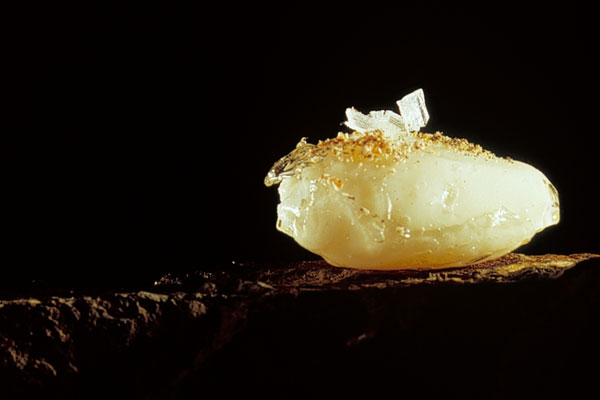
Due to its subjective character, minimalism is perhaps the most difficult style to define. According to El Bulli, it could be said that a minimalist dish is one that creates the most magic with the least ingredients. The best example of this is the minimalismo de bocado, where all the magic is conveyed in a single mouthful. The huevo de codorniz caramelizado consists of a poached quail’s egg caramelised through a special technique developed in 1996, which creates a crunchy bite with a liquid centre.
El plato de las especias (1996) – The spice dish
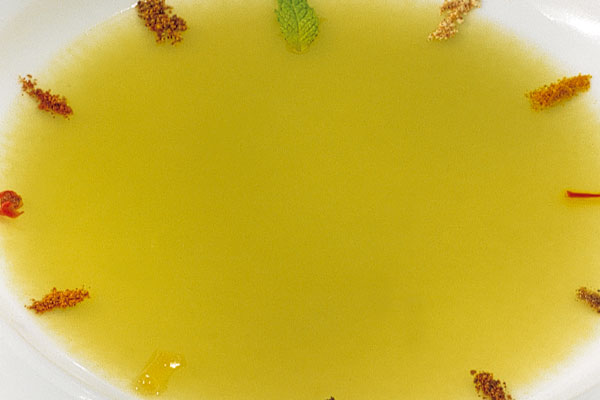
New parameters were added with the introduction of the ‘sixth sense’ in El Bulli‘s cuisine. It wasn’t only about pleasure of the senses, but also intellectual appreciation of the dish. Two important parts of the sixth sense are playfulness and irony, both found in the plato de las especias. A green apple jelly serves as ‘support’ for twelve spices and aromatic herbs. The names of these are revealed to the diner, but not their order: this is how the idea of play made its entrance into El Bulli’s cuisine.
Espuma de humo (1997) – Smoke foam
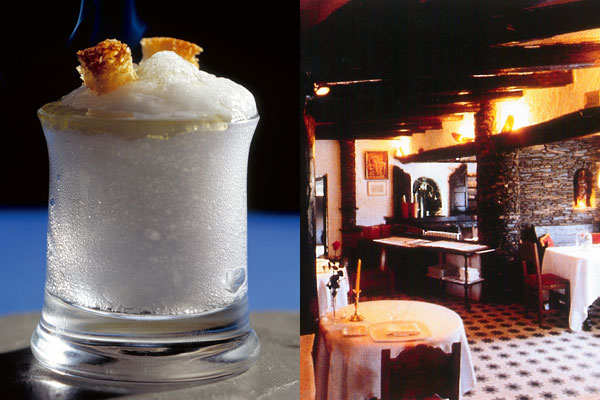
Another parameter of the sixth sense is provocation. In 1997, when the debate about foams was at its height, El Bulli served a snack that was specially created to provoke a reaction in the diner. The espuma de humo is a small glass filled with smoked water foam and served with oil, salt and croutons. The idea was for the diner to ‘eat smoke’.
Sopa de guisantes 60º/4º (1999) – Pea soup 60º/4º
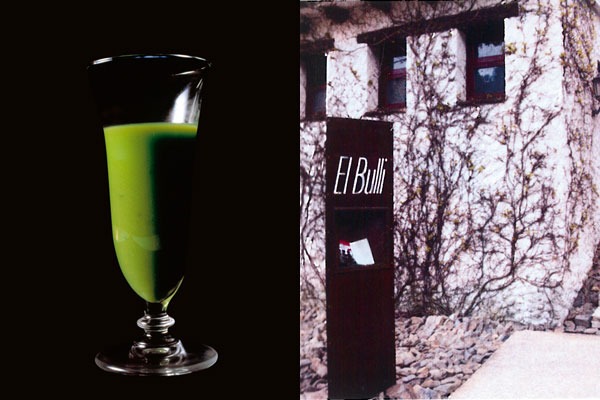
Taste is the sense that most comes into play in the world of cuisine, but the importance of the other four for sensory stimulation has often been overlooked. The sensation created by the sopa de guisantes is based on the contrast of temperatures between hot and cold liquid. It is a clear example of one of the defining features of El Bulli cuisine: multi-sensoriality.
Caviar sférico de melón (2003) – Spherical melon caviar
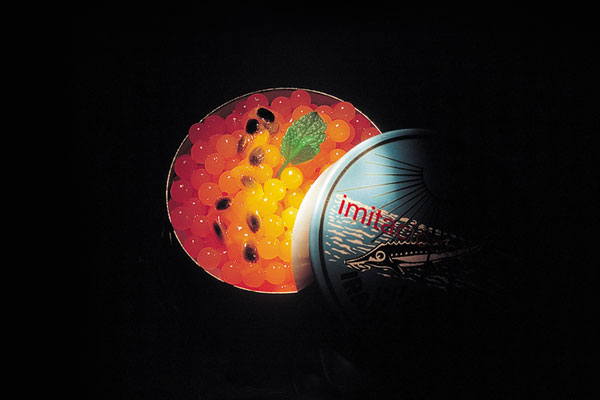
The use of sodium alginate in the spherification process opened the doors to a dozen new texturising products. Basic spherification is the controlled jellifying process of a liquid mixed with alginate that, upon contact with calcium salts, produces spheres of different textures and consistencies. This technique characterised El Bulli’s cuisine in later years, and the caviar sférico de melón is one of its most emblematic snacks.
Deshielo (2004) – Thaw
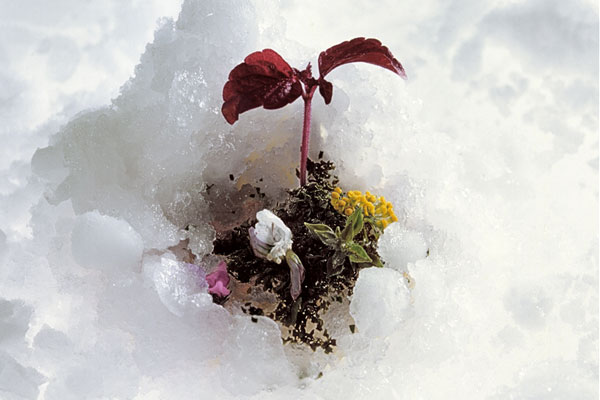
From 2003, El Bulli created a number of dishes inspired by nature, such as tierra (earth), nieve (snow) and deshielo (thaw). It was soon recognised that they formed part of a new style, which was subsequently called natura (nature). Deshielo was inspired by a photo of the ice melting in spring with the first shoots sprouting out of the frozen blanket.
Pistacho-LYO con consomé gelé de trufa negra y aire de mandarina (2005) – Pistachio-LYO with black truffle jellied consommé and mandarin air
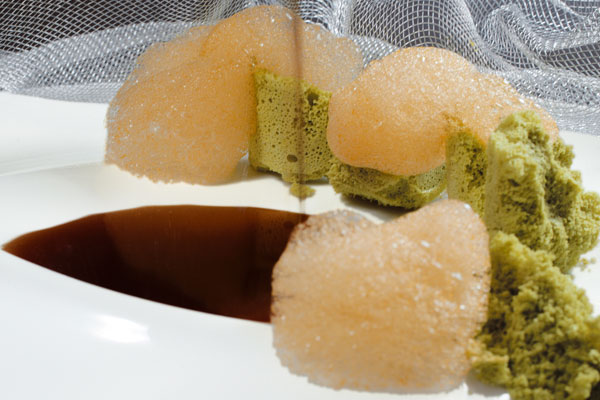
Some of the latest developments in contemporary cuisine were made possible by the dialogue between science and gastronomy, mediated by the food industry. Freeze-drying exemplified this new trend, using techniques that hadn’t previously been applied due to the lack of suitable technology, as exemplified in this dish.
Inspired by El Bulli? Watch this video on the 15th Anniversary of The World’s 50 Best Restaurants, featuring some of the key moments of the last decade and a half:
Follow us on Facebook, Twitter, Instagram and YouTube for highlights from our 15th Anniversary celebrations, presented by Miele.
